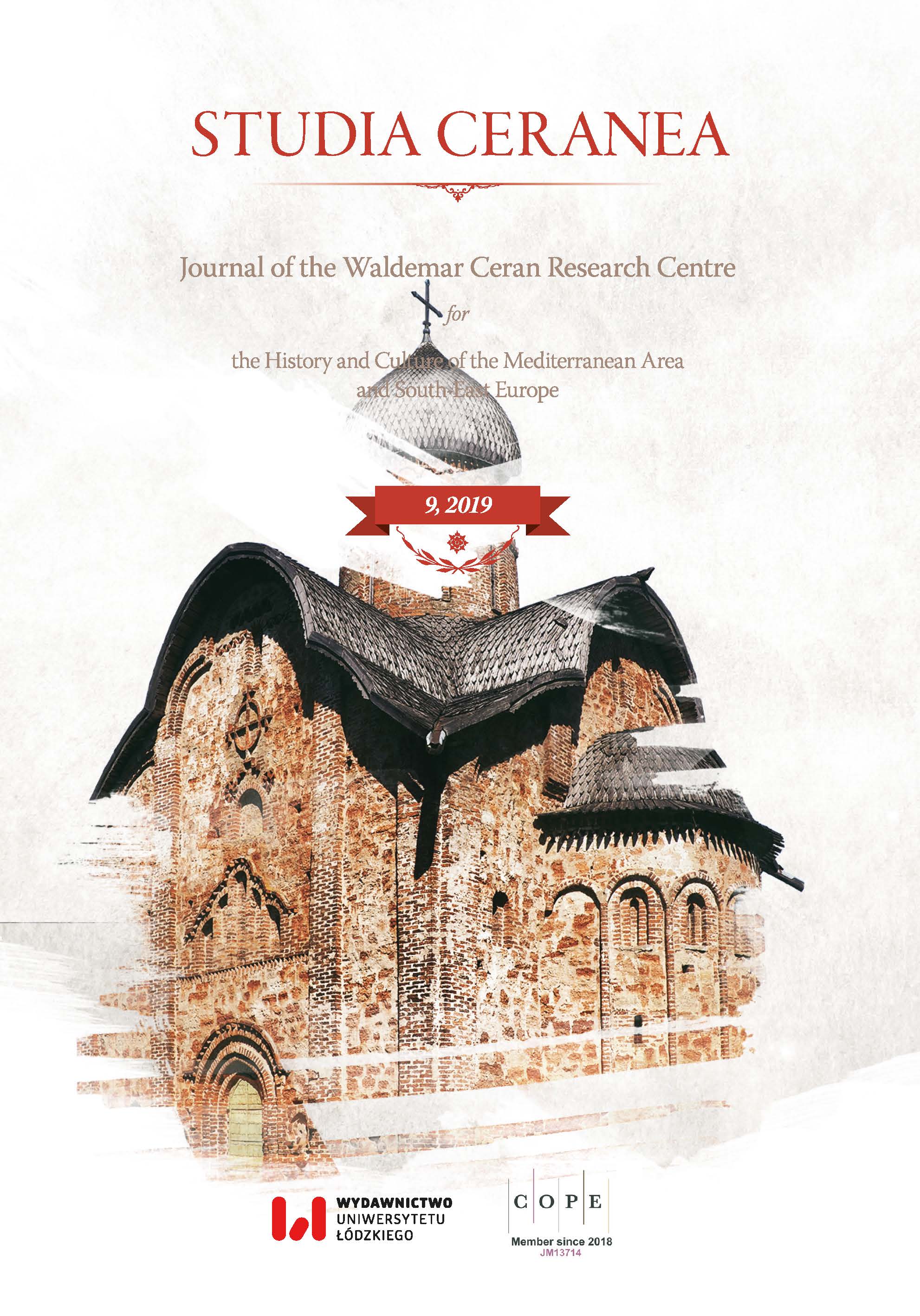Double Translations as a Characteristic Feature of the Old Church Slavonic Translation of John Chrysostom’s Commentaries on Acts
Double Translations as a Characteristic Feature of the Old Church Slavonic Translation of John Chrysostom’s Commentaries on Acts
Author(s): Aneta DimitrovaSubject(s): Middle Ages, Philology, History of Religion
Published by: Wydawnictwo Uniwersytetu Łódzkiego
Keywords: double translations; John Chrysostom; Old Church Slavonic translations from Greek; Zlatostruy; homilies on Acts; Preslav literary school
Summary/Abstract: The Old Church Slavonic translation of John Chrysostom’s commentaries on Acts of the Apostles (CPG 4426) is attested in 18 ethica and fragments included in the Old Bulgarian collection Zlatostruy from the early 10th-century Preslav. The Slavonic homilies have many peculiarities in common suggesting that they were translated together presumably by one translator. One of their common features is the frequent use of double translations (Doppelubersetzungen). In the article nearly half of the 90 examples in 10 homilies are examined and divided into four groups – proper double translations, complementary double translations, synonyms, and contextual synonyms. The study shows that in several cases the Slavonic translation is notably consistent and repetitive, but more often it aims at variety and clarity. The examples from the Zlatostruy homilies on Acts are compared to other Old Church Slavonic translations (e.g. to the works of John the Exarch and to other homilies from Zlatostruy), but the similarities are not sufficient for identifying the anonymous translator(s). The use of doublets in the examined texts is viewed both as a linguistic device for a faithful translation and as a stylistic feature typical for the translator of these homilies. However, this phenomenon is attested in many other medieval literary traditions, which makes the Zlatostruy homilies part of a larger textual tradition.
- Issue Year: 2019
- Issue No: 9
- Page Range: 407-428
- Page Count: 22
- Language: English

